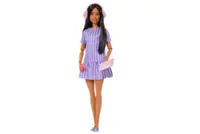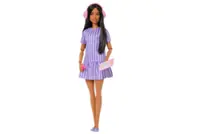Toys are the most plastic-intensive consumer goods in the world, according to a 2014 United Nations Environment Program report. — Bloomberg
IT made headlines around the world when the much-hyped Barbie movie contributed to a world shortage of fluorescent pink paint.
But that is just the tip of the iceberg. When movies or TV shows become cultural phenomena, toymakers jump on board. And that comes with a surprisingly large amount of plastic waste. Think of the fad for Baby Yoda dolls after the first season of The Mandalorian in 2020. The new Barbie movie is bound to trigger a wave of doll purchases over and above the 60 million Barbies already sold annually.
Already a subscriber? Log in
Save 30% OFF The Star Digital Access
Cancel anytime. Ad-free. Unlimited access with perks.





